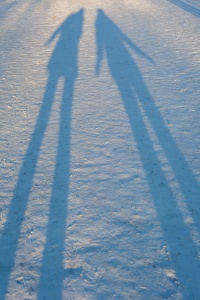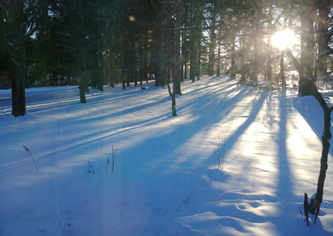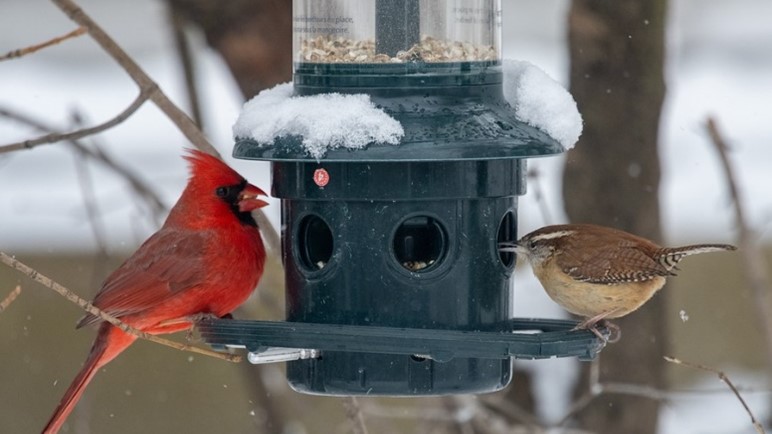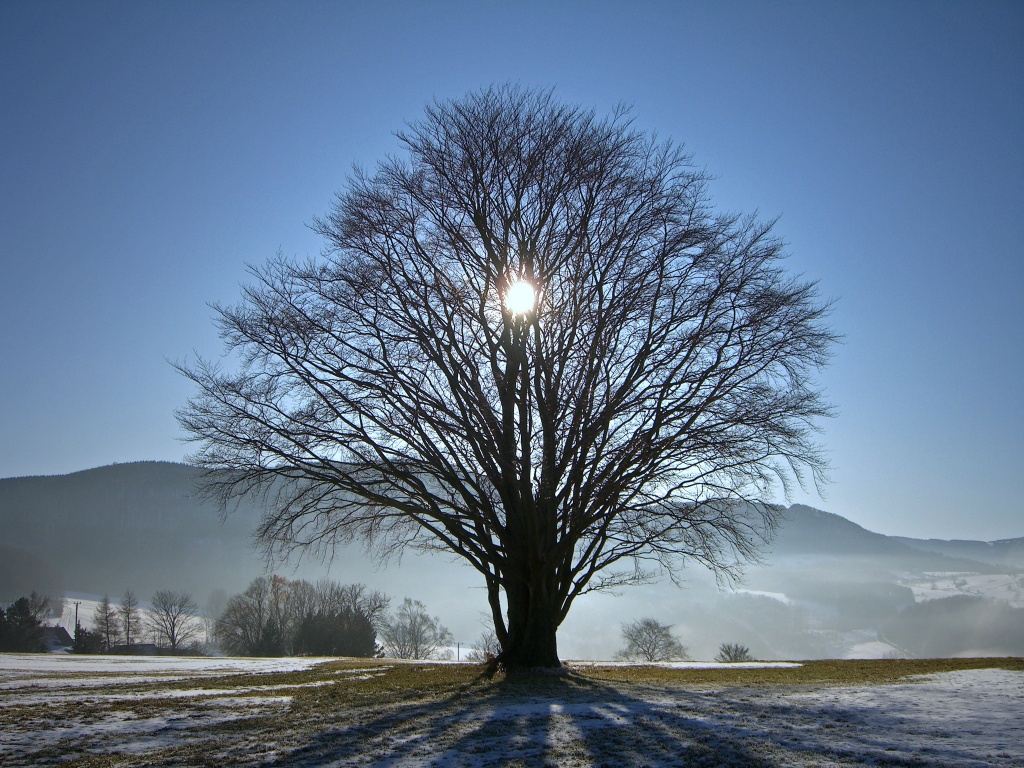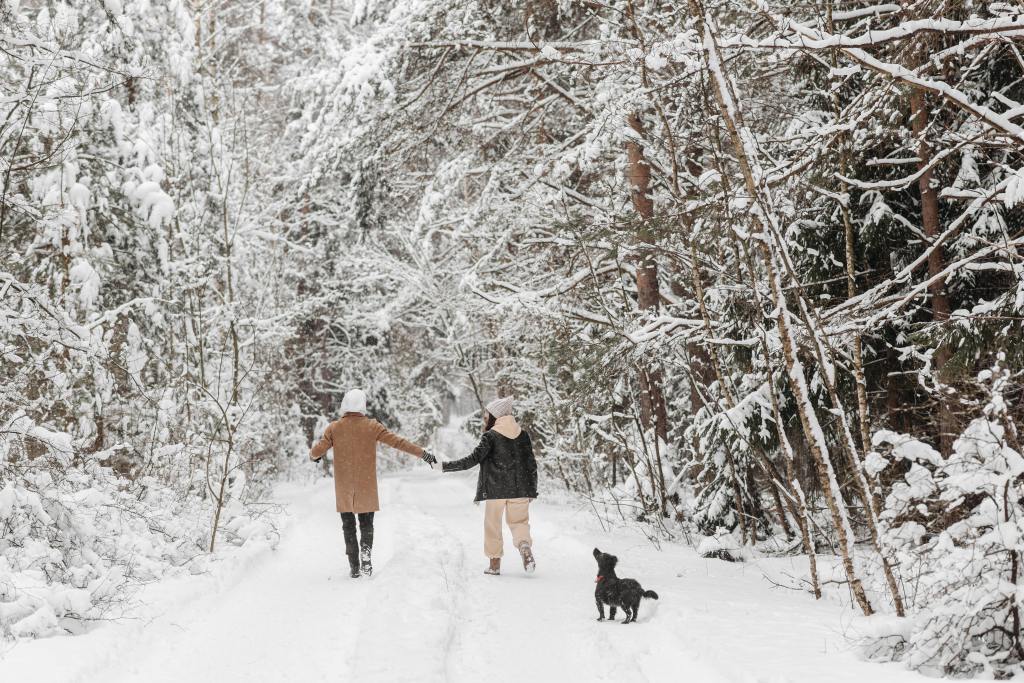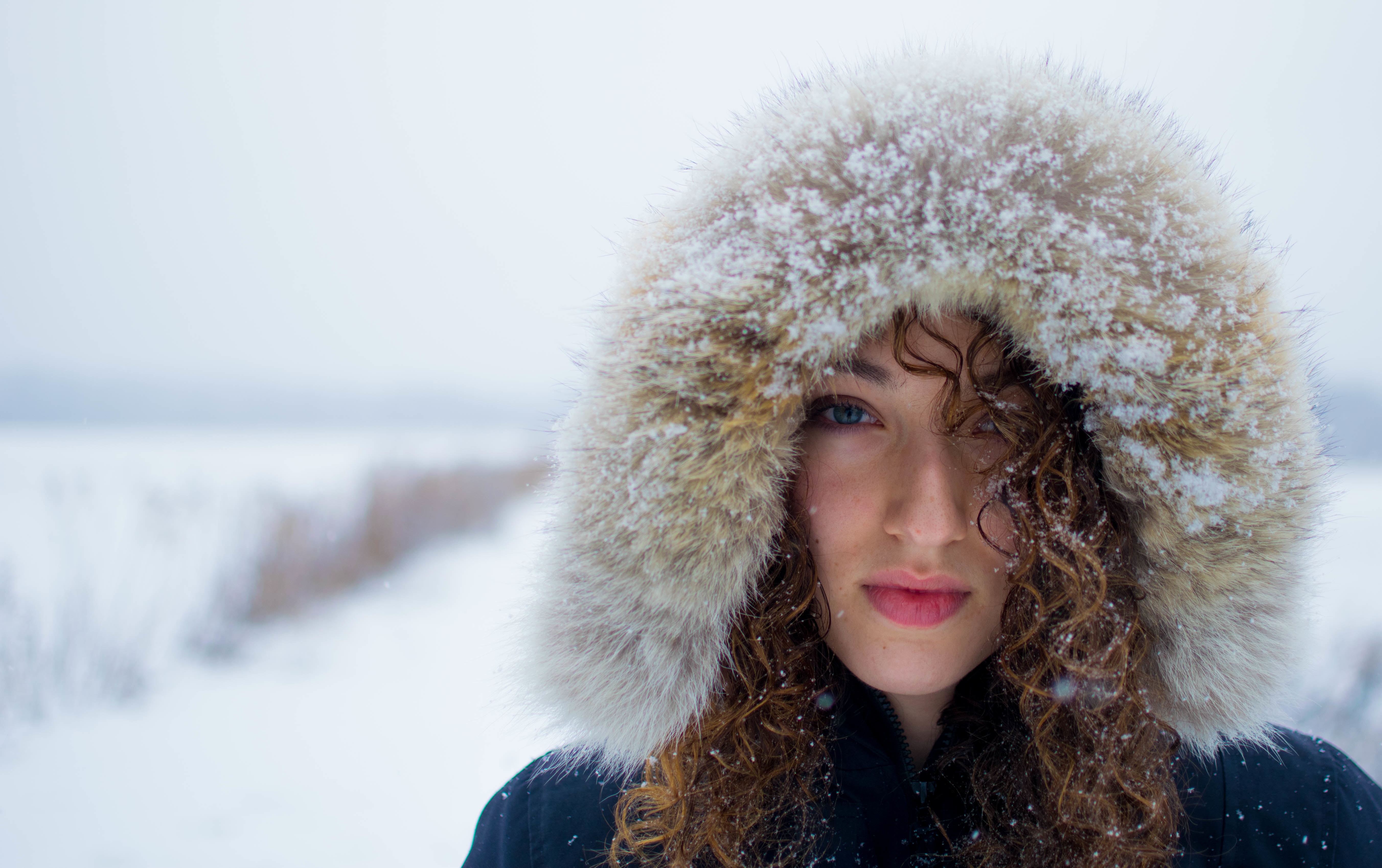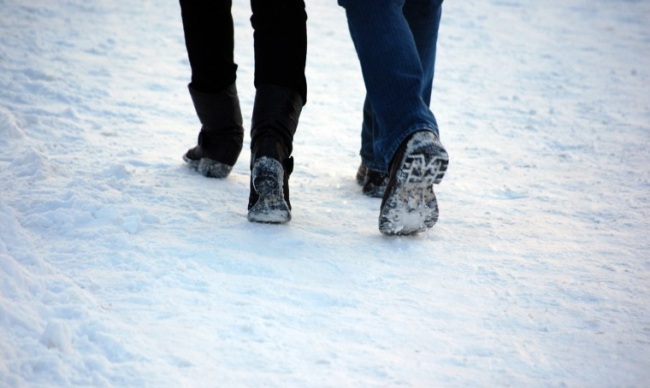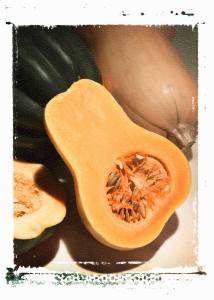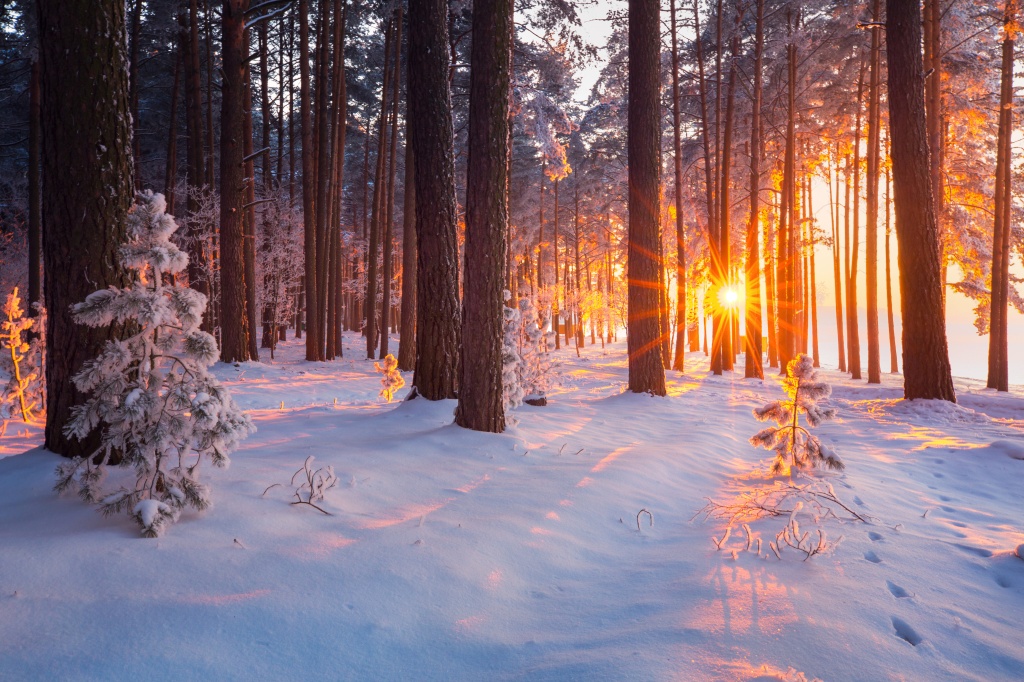
Crank up Here Comes the Sun by the Beatles, grab something warm to drink, and enjoy this quick primer on the Winter Solstice and how to celebrate this passage of time.
What is the Winter Solstice? The Winter Solstice occurs the moment the sun reaches the Tropic of Capricorn, which is the maximum tilt away from the sun. The significance of this event is that, in terms of sunlight, everyone living in the Northern Hemisphere experiences the shortest day and longest night of the year.
In meteorological terms, the Winter Solstice marks the official start of winter in the Northern Hemisphere. Here in Ohio, this will occur on Thursday, December 21st at 10:27 PM.
Here are four ways you and your family can observe and celebrate the Winter Solstice, indoors and outdoors:
1. Look At Your Shadow
If it is a sunny day, go outside around noon and check your shadow on the Winter Solstice. Even better, measure your shadow and remember how long it is. You can measure your shadow on other days of the year, but it will never be as long as it is on the Winter Solstice. This is because the sun is at its lowest point in the sky and therefore, casts the longest shadows of the year. Visit this NASA link to see a beautiful image that shows how the sun moves across the sky throughout the year and creates a fascinating pattern called an analemma.
2. Attend a Winter Solstice Celebration
Many parks, nature centers, and other outdoor venues hold Winter Solstice events. For example, in southwest Ohio, Fort Ancient Earthworks and Nature Preserve holds an annual sunrise celebration. On the morning of the Winter Solstice, the sun strategically rises through a gap in the Fort Ancient earthworks. In central Ohio, OSU Chadwick Arboretum hosts an annual candle-lit labyrinth walk in the evening. For events close to you, try a quick internet search to find a Winter Solstice celebration near you.
3. Read About the Winter Solstice
Make a trip to your local library to find children’s books about the Winter Solstice. Snuggle up, light a fire or a candle, drink hot cocoa, and read a book together. Some book suggestions are:
- The Longest Night by Marion Dane Bauer
- The Shortest Day: Celebrating the Winter Solstice by Wendy Pfeffer
- The Solstice Badger by Robin McFadden
4. Rest and Reflect
Paying attention to nature and the four seasons is a healthy way to be mindful. It allows you to be fully present in the moment and recognize that life is about change. We change and the seasons change. Pausing to recognize the Winter Solstice connects us to the people, traditions, and memories that have come before us. The cold days and the long nights are perfect for rest, reflection, and setting your intentions for the new year and the next season of life.
Wishing you a wonderful and cheerful Winter Solstice! May the coming days bring warmth, light, and peace.
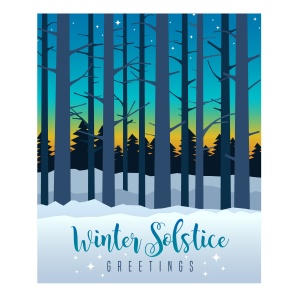
Written by: Laura Stanton, Family and Consumer Sciences Educator, Ohio State University Extension, Warren County, stanton.60@osu.edu.
Reviewed by: Patrice Powers-Barker, Family and Consumer Sciences Educator, Ohio State University Extension, Lucas County, and Jenny Lobb, Family and Consumer Sciences Educator, Ohio State University Extension, Franklin County.
Sources:
National Aeronautics and Space Administration (2007, June 17). Astronomy Picture of the Day. https://apod.nasa.gov/apod/ap070617.html
Stanton, L. (n.d.) Mindfulness. Ohio State University Extension, Warren County. go.osu.edu/mindful-warren-co
Stanton. L. (n.d.). Nature matters. Ohio State University Extension, Warren County. go.osu.edu/nature-matters
Van Gordon, W., Shonin, E. & Richardson, M. (2018). Mindfulness and nature. Mindfulness (9), 1655–1658 . https://doi.org/10.1007/s12671-018-0883-6
Photo Credits:
© Sunrise in a snowy forest. Adobe Stock.
© Lizzy Komen. Winter shadows in the snow. Adobe Stock.
© Teddy and Mia. Winter Solstice greeting. Adobe Stock.
